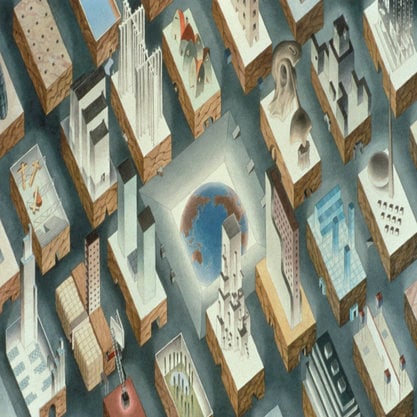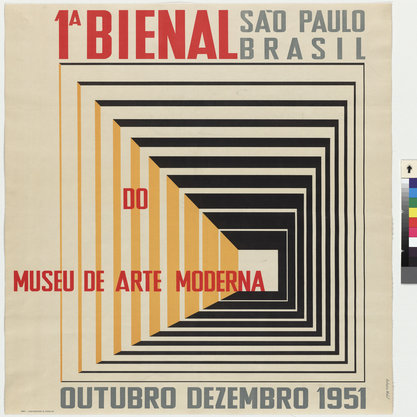Article
Arquitetura Nova By Grossman, Vanessa
Article
When the architect Sérgio Ferro entitled his 1967 manifesto ‘New Architecture’, he proclaimed a new architecture in Brazil by means of alignment with the thesis-manifesto ‘An Aesthetic of Hunger’, written by the Brazilian filmmaker Glauber Rocha, and first published two years earlier. According to Ferro, Arquitetura Nova was a clear reference to Rocha’s ‘New Cinema’: films made from ‘simple means and ideas in mind’.
Together with architects Flávio Império and Rodrigo Lefèvre, Ferro took Cinema Novo’s ‘neo-realist’ approach as far as it could reasonably be applied to architecture. They designated it as a new ‘poetics of economy’ that should be defined from ‘the useful minimum’, the ‘constructive minimum’ and from the ‘didactic minimum’ for the formulation of a new language established ‘on the basis of Brazil’s historical reality’. In their texts and projects, developed throughout the 1960s, they advocated not only the use of popular materials and techniques in order to make architecture more accessible to the masses, but also the means by which the constructive process would be intelligible for all the protagonists involved. Despite the 1967 manifesto, written three years after Brazil’s coup d’état, Ferro only retrospectively referred to the group’s experience as Arquitetura Nova in 1988.

